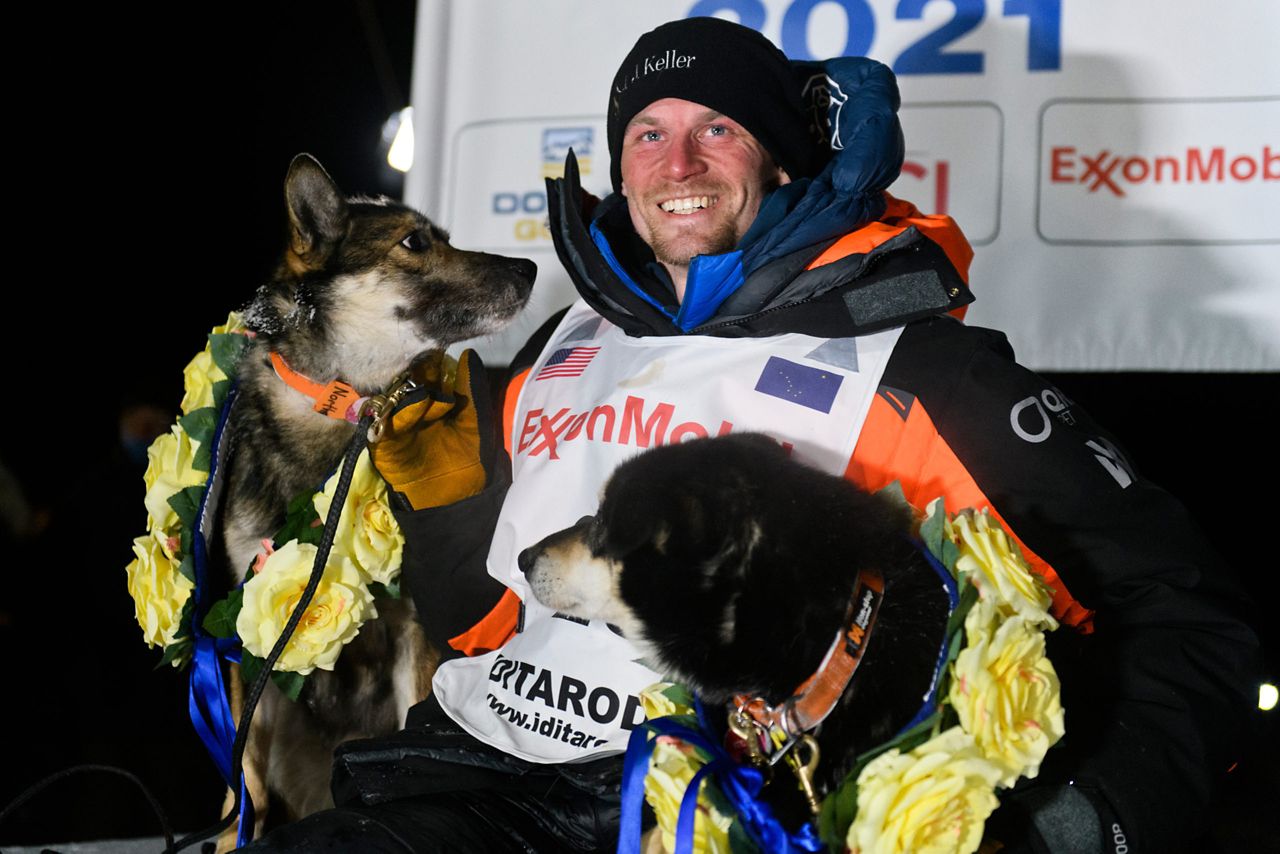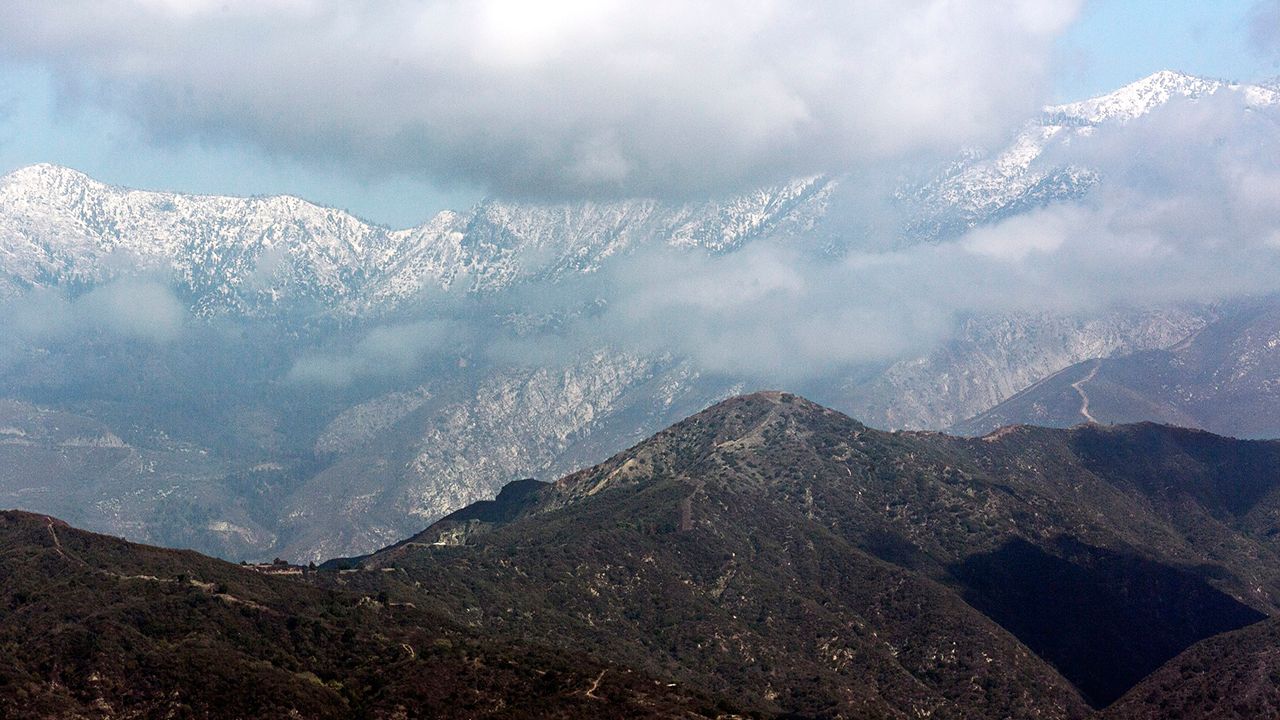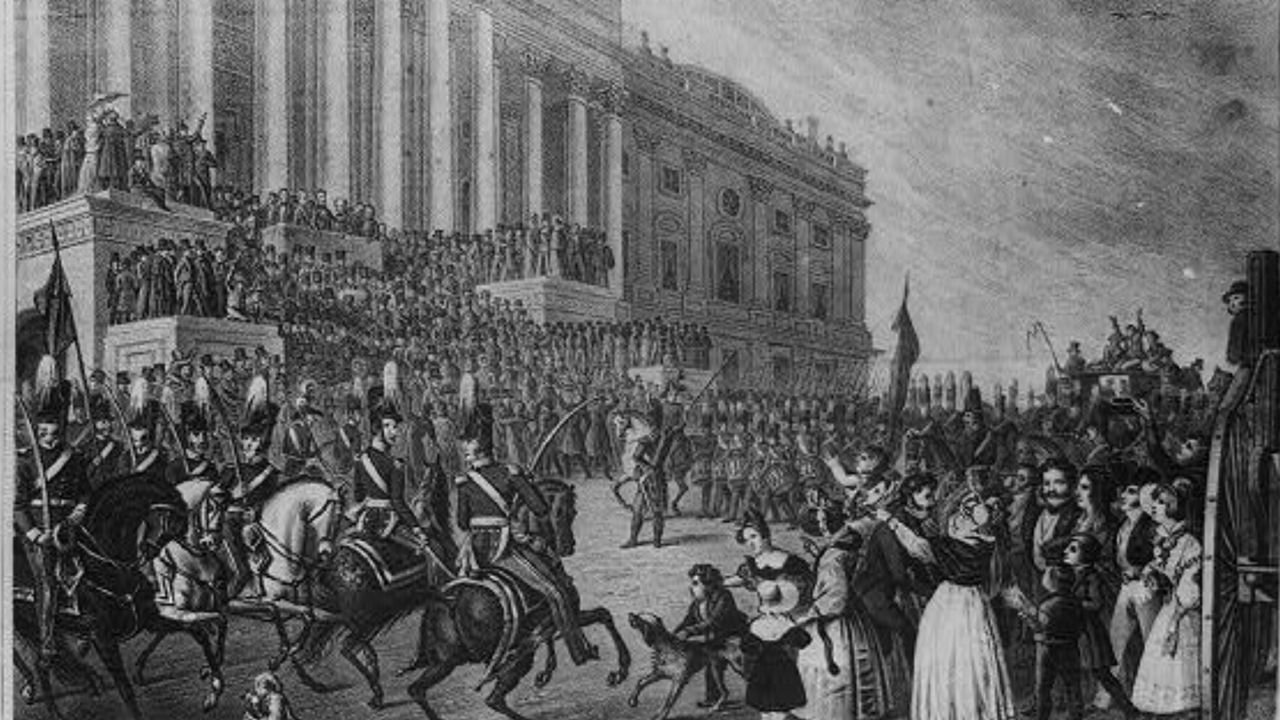So what's the most unique gift you ever gave your special someone on your anniversary?
Neenah’s Jim and Rosanne Keller gave each other a world championship Iditarod sled dog team.
Top that.
OK, to be fair, Jim and Rosanne never intended to bestow each other such a gift. It just...happened.
Back in 2006, Rosanne booked an Alaskan cruise for the couple’s 30th wedding anniversary. One of their stops was to the Seavey Kennels, where for $49 you could get a taste of what it was like to train dogs for the Iditarod Sled Dog Race, an annual 1,000-mile race through some of Alaska’s harshest landscape that takes 8 to 10 days, or more, to complete.
They were picked up by this 19-year-old chatterbox named Dallas Seavey, who had Hulk Hogan biceps and ears that appeared to have been caught in a blender.
“We wanted to find out about this kid,’’ said Jim.
They found out Dallas Seavey was Alaska’s first Greco-Roman national wrestling champion whose big dreams were only surpassed by uncanny confidence. His plan was to become an Olympian, or become the youngest Iditarod champion ever. The first objective was supported by a strong pedigree; as for the second, he was merely a beginner.
“I thought to myself, 'This kid is pretty special,'’’ said Jim. “So, we were talking about him to his mother and then Dallas came in and I said, ‘I’ve got a concept, Dallas. We’re in the transportation business and I’d like to talk about funding a J.J. Keller Iditarod dogsled team.’“I thought to myself, 'This kid is pretty special,'’’ said Jim. “So, we were talking about him to his mother and then Dallas came in and I said, ‘I’ve got a concept, Dallas. We’re in the transportation business and I’d like to talk about funding a J.J. Keller Iditarod dogsled team.’
“And I gave him a $50 tip and told him to call me in two weeks when I got home from the cruise.’’
Fifteen years later, that chance encounter not only led to Seavey becoming the youngest Iditarod champion in history, but in March he became only the second five-time winner.
“It’s almost been surreal to be honest with you,’’ said Jim. “We met this kid when he was 19 in Alaska. He was looking for $500 and running the Yukon Quest (sled dog race) and we put together this J.J. Keller/Dallas Seavey Iditarod racing team concept and wow, it’s just been crazy, just crazy.’’
****
The two weeks passed and Dallas Seavey couldn’t wait to pick up the phone and give Jim a call. But he had his doubts.
“People say things when they’re on vacation, ‘Hey, hit me up. I’d love to do something,’ and a couple of weeks go by and it’s all forgotten, right?’ said Seavey.
But Seavey liked what he had seen in Jim and the way he went about things.
“Just the short period of time we had together, just a couple of hours, Jim’s always got lots of ideas and his mind is always kind of turning and planning ahead and trying to be creative,’’ said Seavey.
“So, I reached out to him, and I was a little bit surprised. He actually remembered who I was. And, so, when Jim and I reconnected he was every bit as excited then as he was when we were standing in the dog yard together a couple of weeks before.”
Jim grabbed a yellow legal pad and started jotting down some notes. By the time they hung up, a sled dog team was born.
Seavey’s Olympic dream eventually ended when a series of concussions forced him to leave that sport. So, here he was now, with little mushing experience, convincing a sponsor he had what it takes to become the youngest winner of mushing’s biggest event, and the clock was ticking.
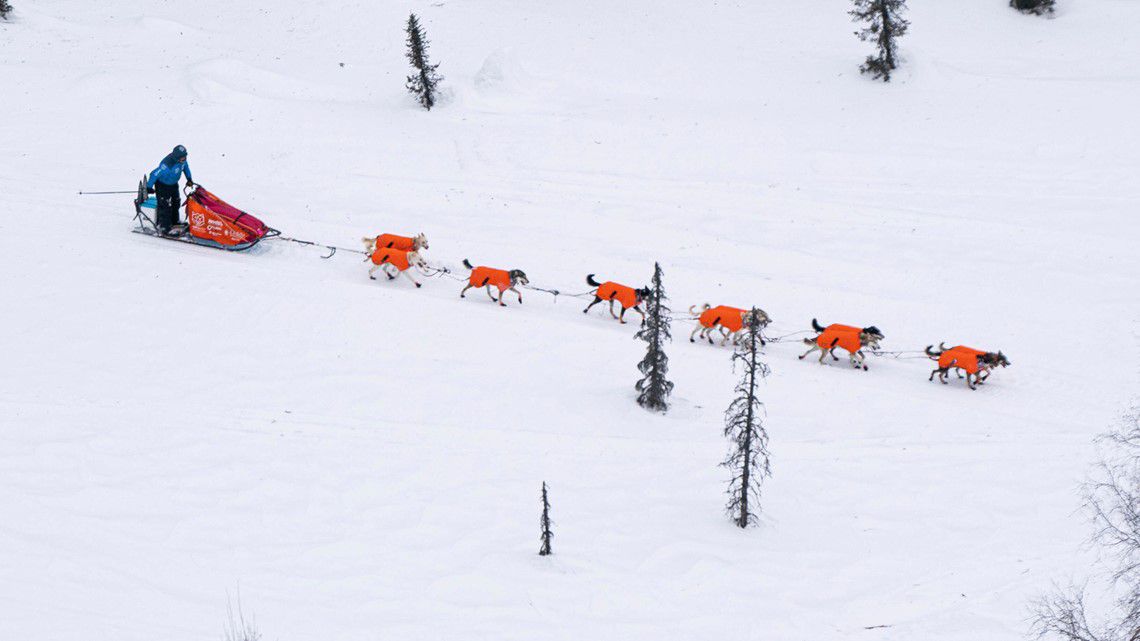
“And then Jim, you know Jim, he likes to promote things and he’ll put the word out and say, 'We’re trying to do this,'’’ said Seavey. “All of a sudden, it went from a pipe dream for me, too. ‘Holy crap, what have I gotten myself into?’
“And, I think, that faith that they had that we could get it done, gave me kind of the obligation I needed to drive for that and ultimately, I think, we were all a little bit surprised and shocked and pleased when we actually pulled it off. And, I became the youngest Iditarod champion with, at that time, every single dog on our team had been purchased from other kennels, meaning that, at some point, every single dog on my team had been passed over by our competition.”
Those series of events inspired Jim to co-author a book: Born to Mush: Dallas Seavey, Youngest Iditarod Champion.
“I don’t think that would have been possible without Jim and Rosanne’s support and their willingness to get behind me and have faith in that kind of dream when I was saying, ‘Sure, I don’t own dog. I don’t own a sled. I don’t own property, but I think I can win the Iditarod in the next five years,’’’ said Seavey, whose father, Mitch, is also an Iditarod champion. “And, I don’t know, they believed me and sure enough we did it.’’
As it turned out, it was just the beginning.
****
In terms of physical and mental fitness, there may be nothing that tops the Iditarod.
Blizzards, causing whiteout conditions, are commonplace. Sub-zero temperatures, combined with gale-force winds, have caused wind chills to reach -100 degrees. Moose, wolves, caribou and buffalo also pose threats to race teams, with moose posing the biggest danger. Falling through the ice poses yet another danger, as does frostbite, and the list goes on and on.
Teams are required to take one 24-hour break and two eight-hour breaks at designated checkpoints, but at which checkpoints are up to the racer. Fatigue, both mental and physical, is a given.
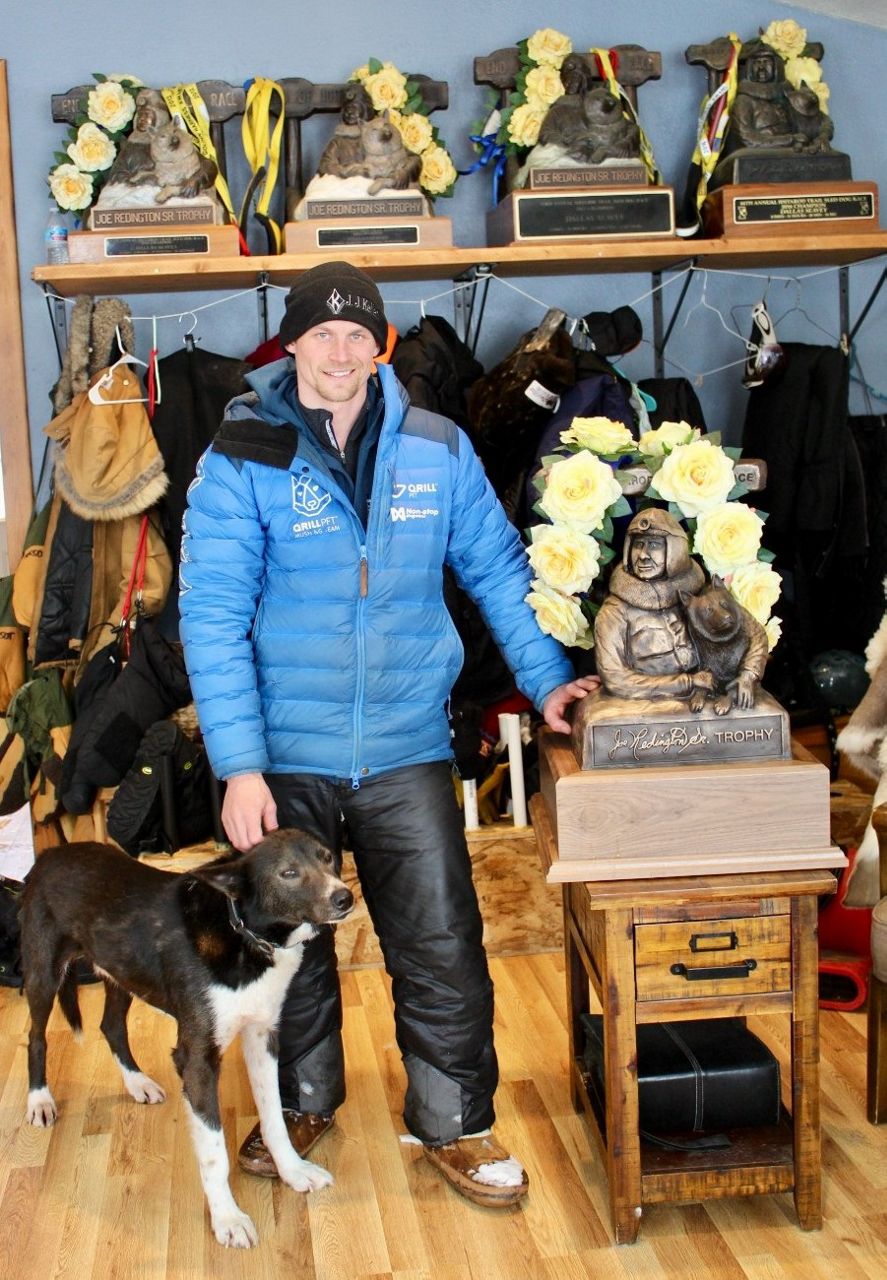
“Mushing conditioning is more about prolonged agony,’’ Seavey said. “Mushing is more about our ability to keep going day after day after day. … The biggest part is the mental. The mindset is so valuable, so important.”
Especially when it comes to the dog teams, according to Seavey.
“Growing up in it, I felt like I could see a lot angles that weren’t being maximized, things that people did because that’s what people do, not because it was the right way to do it for the dogs, and that’s always been my niche,’’ he said. “I can see what the dogs see. I can experience what my team experiences and I understand it’s not a human. They experience things differently.
“So, the ability to put yourself in their shoes makes all the difference. And, I worked very hard to come up with solutions for how we train, how we feed, the routines, the patterns that were conducive to a dog; not conducive to a human. And the effects were tremendous.”
****
For the first time, Jim and Rosanne were unable to attend this year’s race, as strict COVID-19 restrictions imposed by the state of Alaska kept them in the lower 48.
“We had to watch it from our condo down in Florida, of all places,’’ said Jim.
While it was different, it nonetheless still special.
“We watched him come in and he came in very proud,’’ he said. “He had the J.J. Keller hat on, and I could tell he was thinking of us, because he was talking and he had a little sign language with the hat. It was pretty surreal watching him come in.”
And, naturally, the idea of becoming the first to win six Iditarod titles is now just as enticing as becoming the youngest champion.
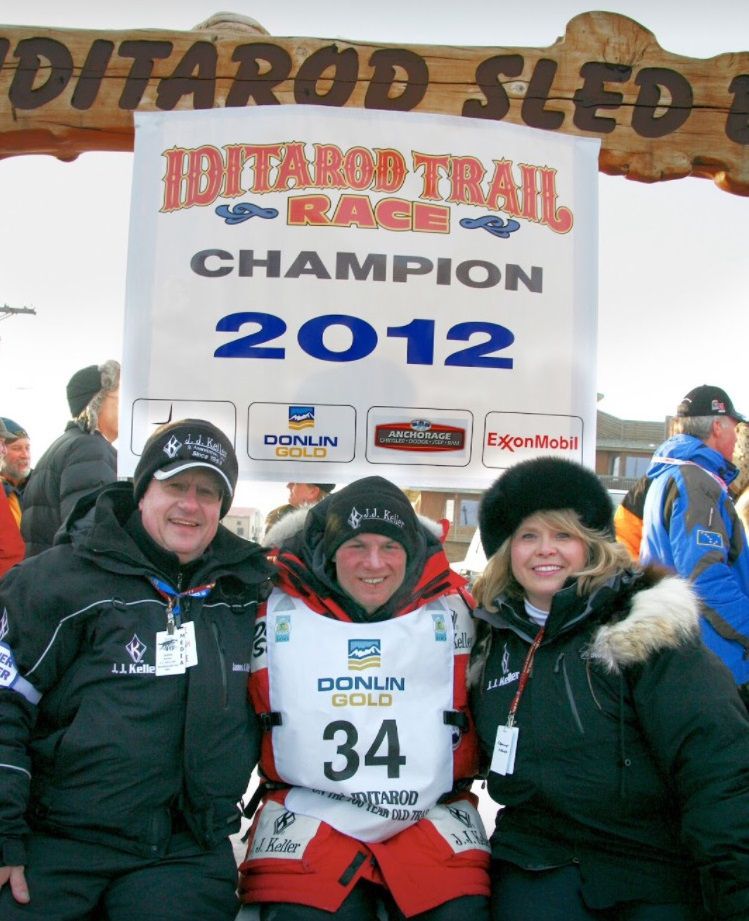
With Seavey just recently turning 34, a sixth championship, and more, seems more probable than not.
“One thing we agreed on a long time ago,’’ said Jim, “And this is Dallas’ quote, ‘We started this thing together and we’re going to finish this thing together.’’’
No one knows exactly when that time will come, but one thing is certain, for Jim and Rosanne Keller, nothing beats the dog days of winter.
Story idea? You can reach Mike Woods at 920-246-6321 or at: michael.t.woods1@charter.com





